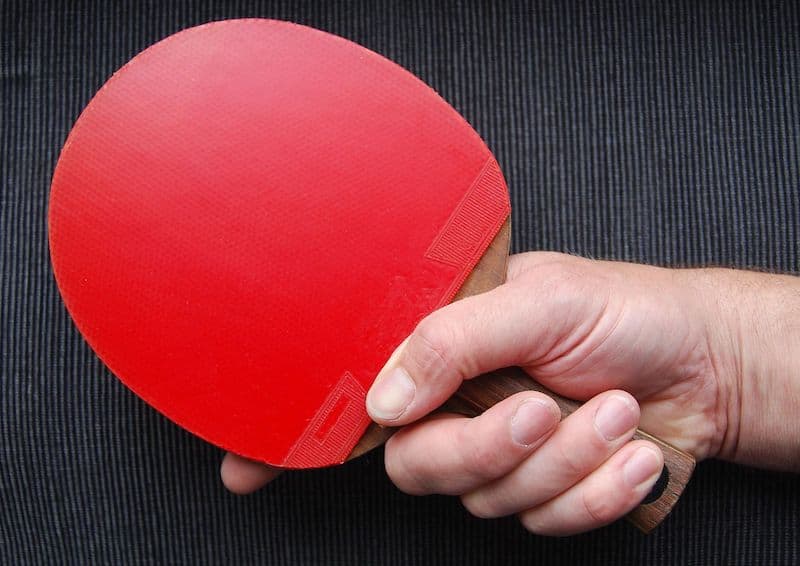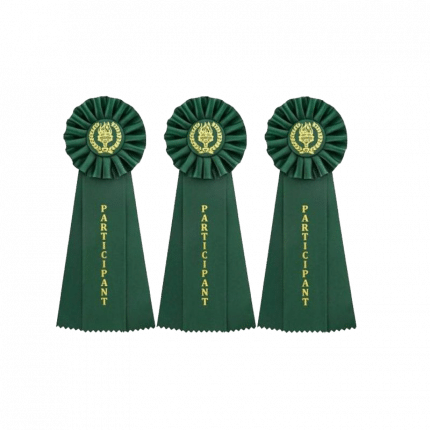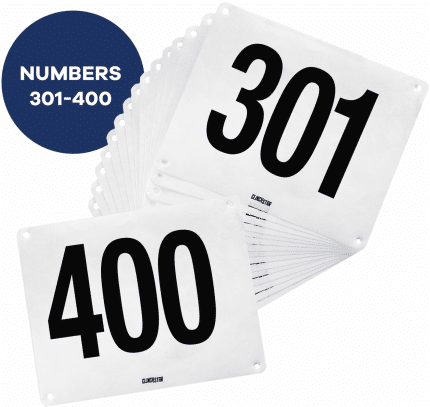What type of table tennis paddles do professionals use?

Table tennis, also known as ping pong, is a centuries-old sport played worldwide, with a particularly strong following in Asia and Europe. Whether you’re just learning the game or training for competitive play, choosing the right products is one of the most important decisions you can make. In this article, we’ll explore what kinds of paddles professionals use and what factors go into choosing the best one for your game. Usually, the price or brand isn’t the deciding factor in which accessories to buy.
Professional players typically use custom-assembled paddles, combining specific blades and rubbers to match their playing style. These paddles are often heavier and more powerful than those used by beginners, typically weighing between 160 and 190 grams. The added weight can help generate a faster rally with tough shots to your opponent and more spin, but choosing the right paddle is still about balance, comfort, and control.
The central part of a paddle is the blade, usually made from several layers of wood or a combination of wood and lightweight composite materials. The type of blade affects how the paddle responds to the ball. For instance, some blades are designed for speed, while others are built for better control. Players who rely on fast attacks may prefer stiffer blades, while those who play a more defensive game may opt for softer, more flexible ones for improved precision.
On top of the blade are two rubber sheets, one on each side, which have a significant impact on performance. The rubber’s texture and grip affect how much spin you can generate, while the sponge layer underneath helps determine how fast or slow the ping pong ball comes off the paddle. Thicker sponges tend to increase speed, while thinner ones offer more control. Offensive players typically opt for grippier rubbers and thicker sponges to cause a better bounce off the racket. In contrast, defensive players often choose rubbers that absorb impact and facilitate greater accuracy.

Your grip style also plays a major role in choosing the right table tennis racket. The two most common styles are the shakehand grip, which resembles a standard handshake and offers balanced control, and the penhold grip, where the paddle is held more like a pen. Each grip style typically favors a different paddle shape and handle length, so it’s important to find one that matches how you naturally hold the paddle.
Professional players don’t just grab a paddle off the shelf; they think carefully about every element. When choosing their equipment, they examine the features and ask questions like, ‘Does the paddle feel balanced in my hand?’ What type of rubber gives me the spin or speed I’m looking for? How heavy should the paddle be for my specific competition style? Should I test paddles in person or order from a trusted online source? Even subtle differences can have a big impact during competitive matches.
Buying online is a convenient option, and many serious players do it, but it’s best to try paddling in person first if you can. If buying online, look for retailers that offer detailed product descriptions and fair return policies. That way, you can make adjustments if the paddle doesn’t feel right after trying it.
Most professionals carry one or two spare paddles during a tournament in case their primary paddle becomes damaged or the rubber surface wears out mid-game. They also have extra ping pong balls in case one of the ones they are playing with gets damaged. While high-quality paddles are durable, intense games can lead to wear and tear over time. Some players regularly replace their rubber sheets and continue using the same blade, while others retire older paddles for use in practice.
Proper care is essential for maximizing the lifespan of your paddle. Store it in a protective case to avoid damage from dust, moisture, or accidental impacts. After each match or practice session, clean the rubber with a soft sponge or specialized paddle cleaner to maintain grip and responsiveness. Avoid slamming or dropping the paddle, as even a small crack can throw it off balance and affect your technique or serve.

In conclusion, professional ping pong paddles are designed to cater to a player’s specific needs and playing style. From blade composition and paddle weight to rubber texture and grip comfort, every detail matters. Taking time to understand how these components work—and how they relate to your own game—can dramatically improve your performance. With the right paddle and proper care, you’ll be better prepared with a better stroke and a more competitive edge over your opponent.
Also Read: How to choose the correct ping pong paddle





